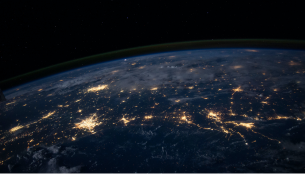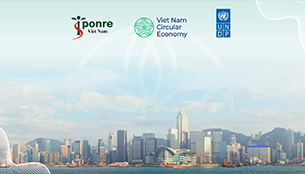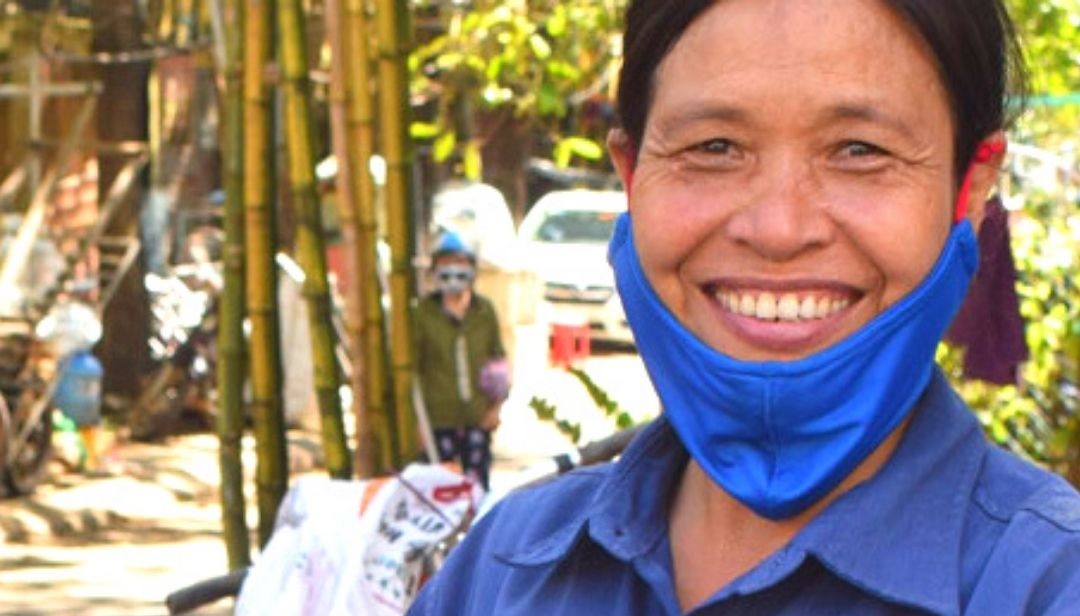Plant polymers as plastic alternatives
Plastics are cheap and versatile but have a long-lasting environmental impact, and the race is on to roll out effective alternatives. Professor Jeffrey Catchmark and his team at Pennsylvania State University in the US believe they have one such solution, using common plant-based materials to create sustainable food packaging.

Plastics revolutionized the world, creating a vast array of materials that greatly expanded what people could produce and distribute. However, they carry a heavy toll: plastics require fossil fuels to be produced, and their longevity means that they can continue to exist for thousands of years into the future. This makes plastics a major source of pollution, and there is a global drive to reduce their production and use.
Based at Pennsylvania State University, Professor Jeffrey Catchmark and his team are addressing the key question of which materials could replace plastics. They are focusing on one application in particular – the use of plastic coatings within food packaging. For instance, a sandwich might be sold in a paperboard package with a plastic-coated inner side, which keeps the food fresh and stops water and oils from permeating but prevents the packaging from being effectively recycled or biodegraded. Jeffrey’s team is developing a plant-based alternative to this product that solves this issue.
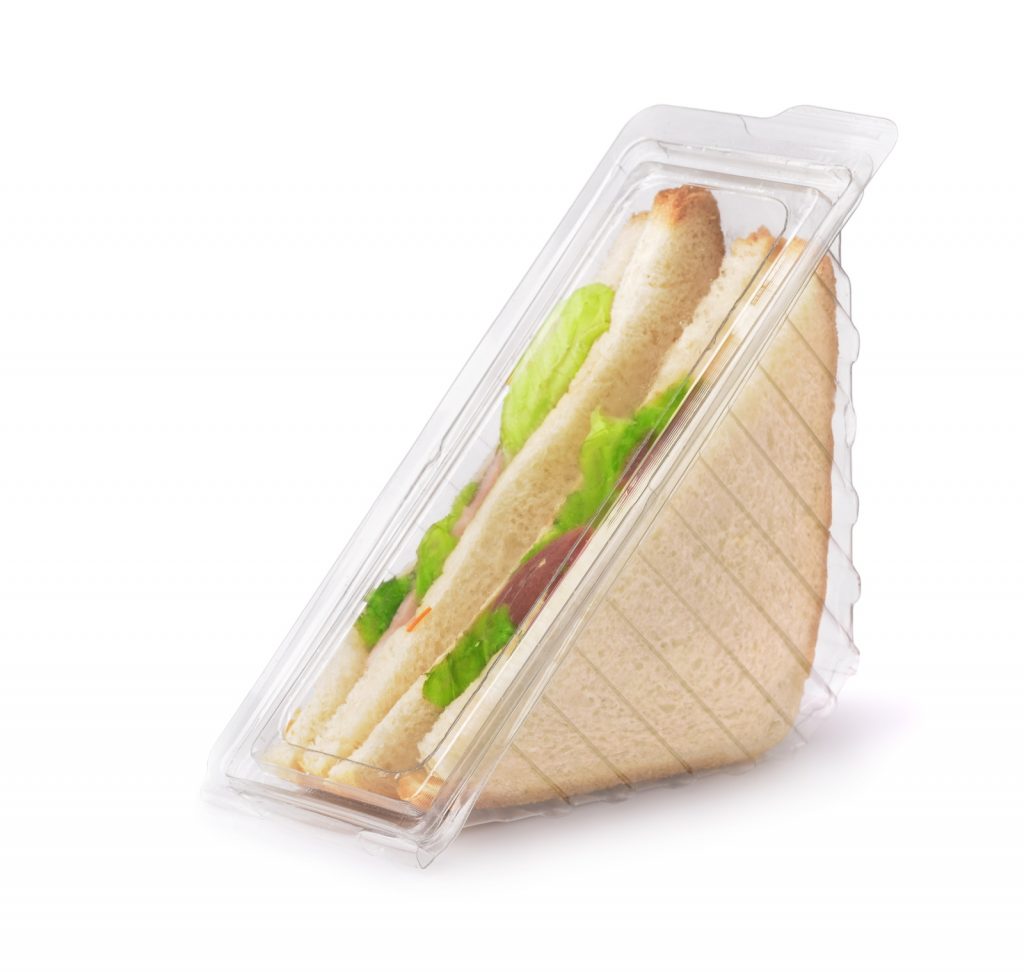
Plant matters
“We are focusing on a class of molecules known as polysaccharides, which are polymers of sugars,” says Jeffrey. “They are typically derived from plants.” The most abundant plant polysaccharides are cellulose and starch, and these two materials form the focus of Jeffrey’s work. “Cellulose is primarily extracted from wood, while starch is extracted from corn, potato, cassava, rice or wheat,” says Jeffrey. “Millions of tonnes of these polymers are produced commercially every year.” Jeffrey’s team has combined different types of celluloses and starches to form a coating on paperboard that has the same liquid-resistant properties as plastic but can also be composted.
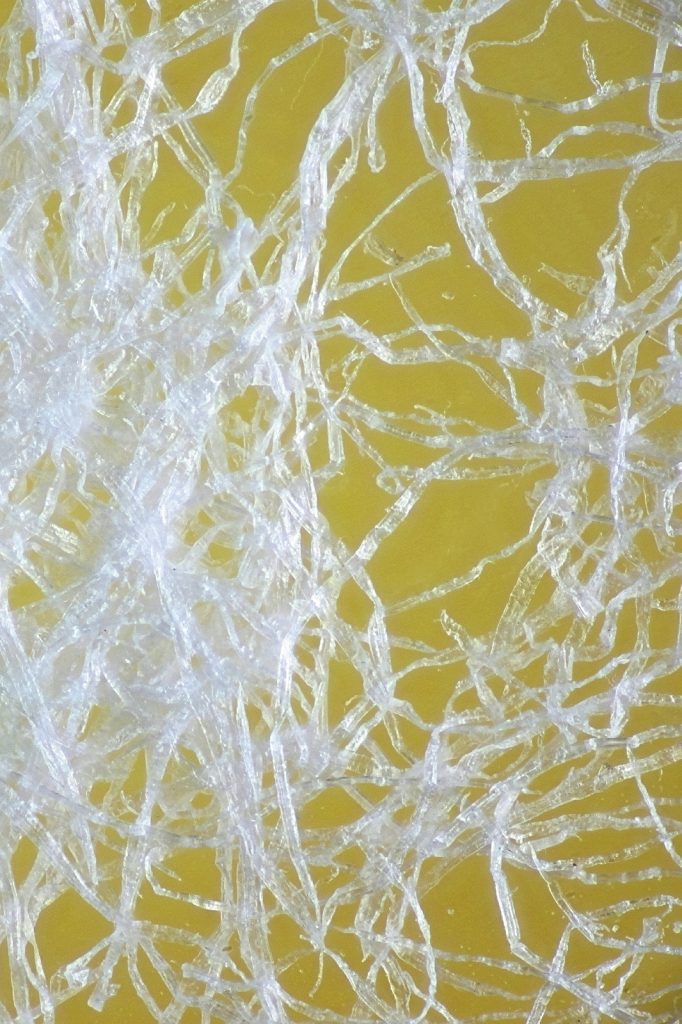
“Our new technology eliminates the need for unsustainable plastic and fluorine coatings in many applications, reducing pollution and human health hazards,” explains Jeffrey. “The materials also cost less than plastic, require no new equipment, and use existing production technologies.” Given that cellulose production is already a big industry, Jeffrey is positive that this can provide the raw material needed to displace a large proportion of plastic production. “The coating can also be recycled with the paperboard, but if it ends up elsewhere, it will naturally degrade with no harmful impact on the ecosystem,” he says.
From lab to factory
How does such a product come into existence? “The first step is the vision,” says Jeffrey. His team began its research with the end goal of creating a sustainable and practical alternative to plastic packaging. “From the vision comes a strategy,” Jeffrey continues. “We focused on the lowest-cost, highest-volume sustainable polymers out there: celluloses and starches. Next came innovation.” The main breakthrough came when the team explored the use of oppositely-charged polysaccharides. The combination of positive and negative charges created attraction between the long molecules, giving the composite materials the stability that was needed for manufacturing.
“We created many formulations and tested to industry standards so that companies would understand the performance of our product and the opportunities it granted,” explains Jeffrey. In fact, the team worked with nearly 30 companies to fine-tune its coating formulation for different packaging types. “We learned something new from each company, and each product application posed a new challenge,” Jeffrey says. “Discovering how to translate technologies developed in the lab into products that make a real difference is really exciting.” One big lesson from across all companies was that change is difficult. It became clear that to make such transitions more likely, processes had to be easily manufacturable, using readily-available materials that are familiar to the industry.
Rising to challenges
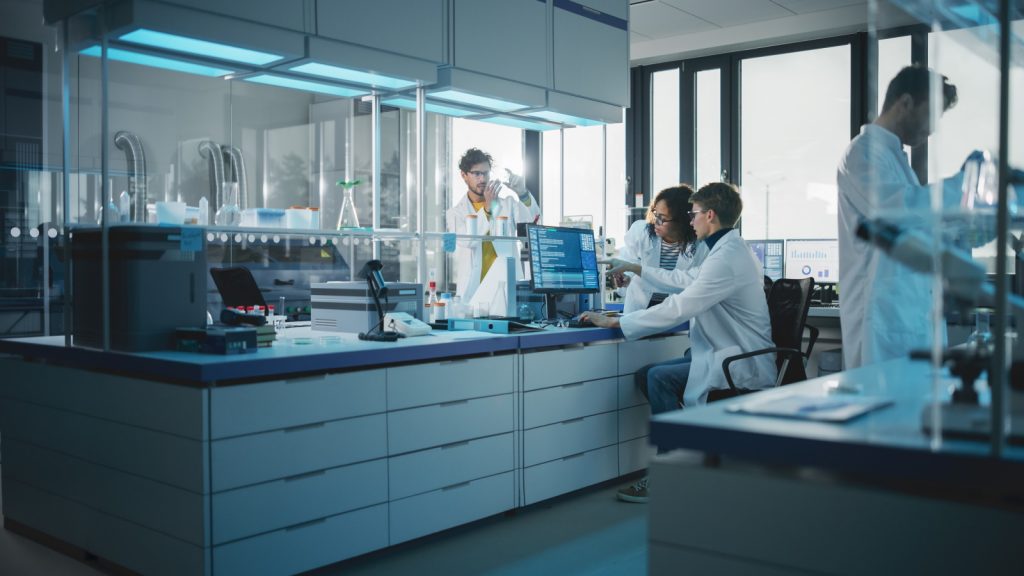
A major challenge for the team was accounting for the different timescales between labs and production companies. “We had to work hard to keep up with company needs,” says Jeffrey. “Often, the specifications would shift as we were in development.” With these lessons learnt, the team is now setting up a company which will have the resources and flexibility to work with other companies on short timescales.
Another challenge involved negotiating with cellulose and starch suppliers. “The suppliers are usually interested in selling tonnes of material, not the pounds we need for trials,” says Jeffrey. “Creating positive relationships was key to overcoming this!” While the team does not buy much raw material, if its packaging solution is well-received, the suppliers could see a jump in demand for their product from manufacturers. Convincing suppliers of this outcome is an effective way to get them on board.
“We hope to have this product on the market within a year,” says Jeffrey. “But our research won’t stop there. We aim to continue making our product even more sustainable.” The team will be investigating how to manufacture the plant-based packaging using fewer resources and chemicals, less energy, and with an eye on any other socio-ecological impacts.


